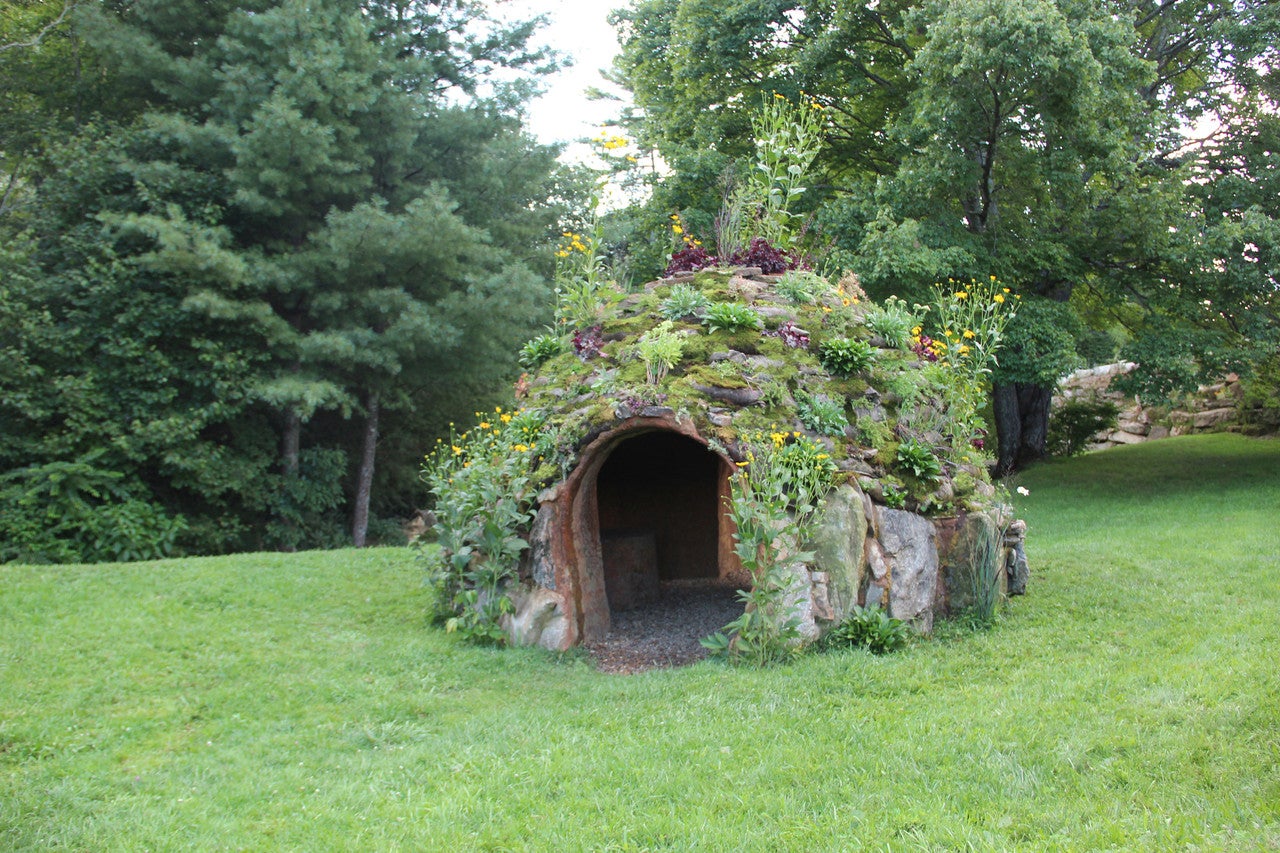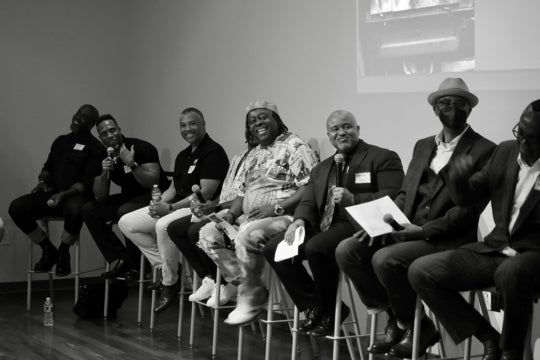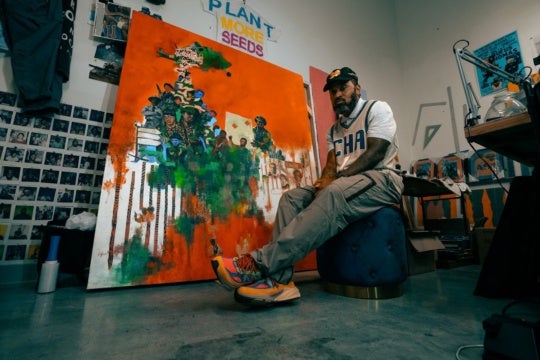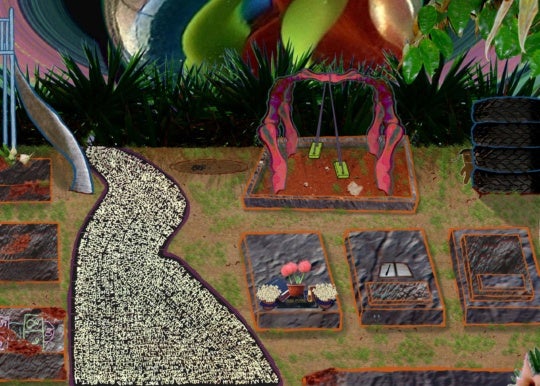
Herb Parker was the South Carolina state finalist for the Southern Prize, a new visual arts prize given by South Arts. A sculptor, site-specific landscape artist, and since 1991 a College of Charleston art professor, he has created over 50 site-specific works since the early 1980s, including those at botanical gardens, a Japanese temple, urban centers, universities, rural landscapes and museums.
Parker earned his BFA in 1978 at Eastern Carolina University in Greenville, North Carolina. He served in the Marines and then the Peace Corps in the Grenadines, before returning to Eastern Carolina University to earn his MFA in 1983. He credits the Marines with providing him with the ability to focus his attention, and for developing self-discipline that has helped him maintain his art career.
Parker has created his nature-based installations in Italy, Japan, Sweden and around the U.S. His work was featured in the Wall Street Journal in 2009. His work revolves around ideas of time, movement, history, culture, community, dialogue, spirituality, entropy and regeneration. His sculptures reference a cultural and historical involvement with the landscape, and incorporate the notion of passage, both the physicality of traveling through the work as well as the transcendental concept, involving time and materials.











South Arts Spotlight: Herb Parker of South Carolina
Related Stories
Interviews
Features
Mood Ring
Inside the Chop Shop: An Interview with Steven Cozart and Roymieco Carter
Colony Little interviews Steven Cozart and Roymieco Carter about The Chop Shop, a collective of Black and Brown male artists who joined forces virtually in 2020 to share their work and engage in meaningful conversations.
Tay Butler: Blackness, Representation, and Reclaiming Legacies
Zahrah Butler reflects on the work of Tay Butler, a Houston-based artist who examines the commodification of Black athletes and soldiers.
Out A Tomb / Outa Tuum
For September's Mood Ring, Amaryllis Ara creates a sculptural interactive installation merging a graveyard and playground scene, pulling from memories of playing in the family cemetery at their childhood home in Manchester, Jamaica.




